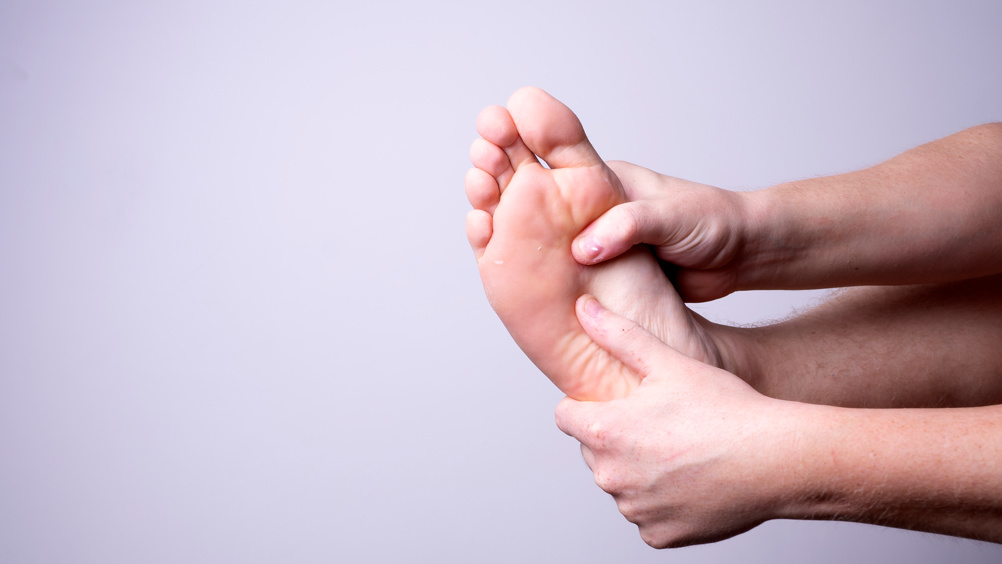References
Intralesional epidermal growth factor therapy in recalcitrant diabetic foot ulcers

Abstract
Objectives:
Diabetic foot ulcers (DFUs) cause high morbidity and mortality despite best treatment. Thus, new products are urgently needed to treat DFUs. Intralesional epidermal growth factor (EGF) (Heberprot-p) is considered to be an adjuvant therapy to standard of care (SOC) in DFUs. In the present study, the effect of Heberprot-p treatment on wound healing is compared to standard treatment.
Methods:
The data of patients with DFUs were retrospectively analysed. The patients who had had DFUs of at least four weeks' duration and who had been treated in the wound clinic between January 2014 and 2017 were included in the study. The patients were divided into study and control groups. The study group consisted of patients in whom intralesional recombinant human EGF, Heberprot-p 75μg, was applied; the control group consisted of the remaining patients in whom EGF was not applied. The efficacy of Heberprot-p treatment in Wagner 2 and 3 DFUs were retrospectively investigated.
Results:
The study group (n=29 patients) who received Heberprot-p treatment was found to have shorter treatment times and higher rates of wound healing than the control group (n=22 patients). Although the amputation rate in the study group was less than the control group, the difference was not statistically significant.
Conclusion:
Heberprot-p therapy is a promising treatment in DFUs, which can be routinely used as an adjunct to standard care.
Diabetic foot ulcers (DFUs) are among the most common complications of diabetes, with an estimated 15–25% risk of a patient with diabetes developing a DFU.1 It is estimated that by 2025, >125 million people will develop DFUs, of which 20 million people will undergo foot amputation.2,3,4 Approximately 50% of patients with infected DFUs who have a foot amputation die within five years.1,5,6 The average length of hospital stay among patients with a DFU was reported to be at least twice as long as that of patients with diabetes but who were ulcer-free.7 DFUs are an economic and social burden, causing high morbidity and mortality, loss of working hours and increased expenditure associated with diabetic foot problems.
Register now to continue reading
Thank you for visiting Journal of Wound Care's Silk Road Supplement and reading some of our peer-reviewed resources for healthcare professionals across Asia. To read more, please register today.
